When Americans woke up on November 8, 2000—the day after the presidential elections—it was unclear whether Democrat Al Gore or Republican George W. Bush had won. There had been anomalies in the polls in Florida, and there was uncertainty as to which candidate the state should award its electoral votes, which would decide the election.
As four counties in particular in Florida came under scrutiny, it became increasingly obvious that a significant part of the problem had been caused by bad ballot design.
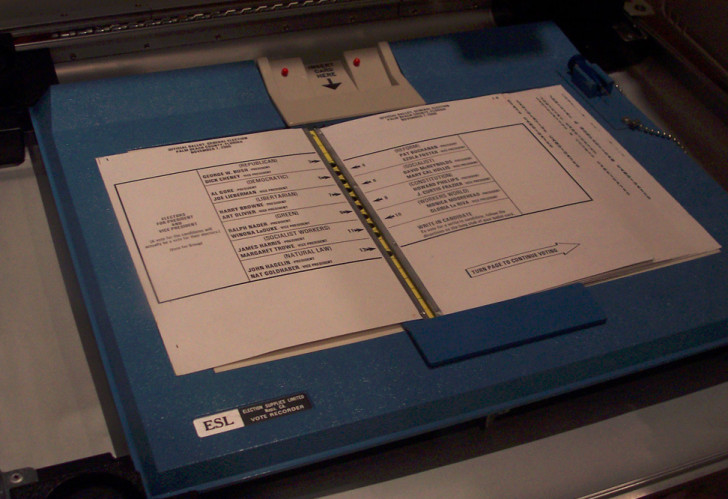
The so-called butterfly ballots at the heart of the controversy featured two rows of names set to the left and right of a central spine. Voters cast their votes by punching out holes down the center, which corresponded to their choice of candidate on either side of the spine.
While the option for George W. Bush was clear (the first hole), the option for Al Gore (the third hole) was not as obvious to voters, many of whom assumed the second name on the left would correspond to the second hole.
Moreover, machines counting the votes were unable to read ballots with “hanging chads,” a byproduct of incompletely-punched holes.
Lifelong Democrats were appalled to discover they might have voted for a conservative Reform Party candidate, Patrick Buchanan (the choice on the butterfly ballot below Bush, but above Gore). Buchanan himself conceded his unusually high numbers in certain areas were likely due to ballot confusion.
There were many elements of the 2000 election in Florida that point blatant unfairness—namely, the disenfranchisement of at least 12,000 voters who should have been eligible to vote. The butterfly ballot, though, was probably more of a design fail.
Ballots are an essential component to a working democracy, yet they are rarely created (or even reviewed) by design professionals.

One of the oldest recorded instances of a vote is found in the ancient Greek play The Eumenides by Aeschylus. In the story, twelve jurors line up and take turns placing a stone in one urn to signify ‘guilty’ or another to signify ‘not guilty.’
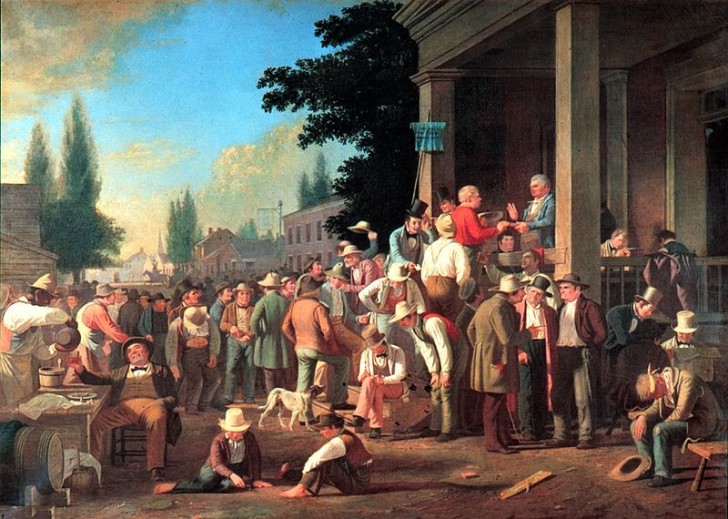
A similar lack of privacy can be found in early United states elections, where votes were cast aloud. Casting a vote publicly left voters susceptible to intimidation; voters who did vote their conscience could not always verify that their vote had been accurately recorded or counted at all. The polls could be so raucous that they were sometimes invoked as an argument against women’s suffrage—elections were, some argued, no place for a lady.
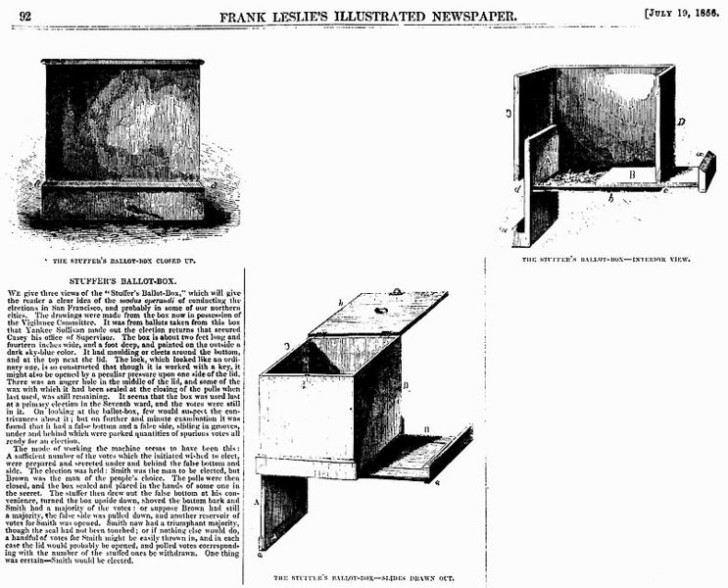
Paper ballots eventually replaced the voice vote. At first, ballots were printed by political parties and handed out near polling places, or published in newspapers. Voting for candidates across party lines (a “split ticket”) involved physically altering the ballot, sometimes by cutting and pasting in pieces of paper with the names of the desired candidates, not on the ballot.
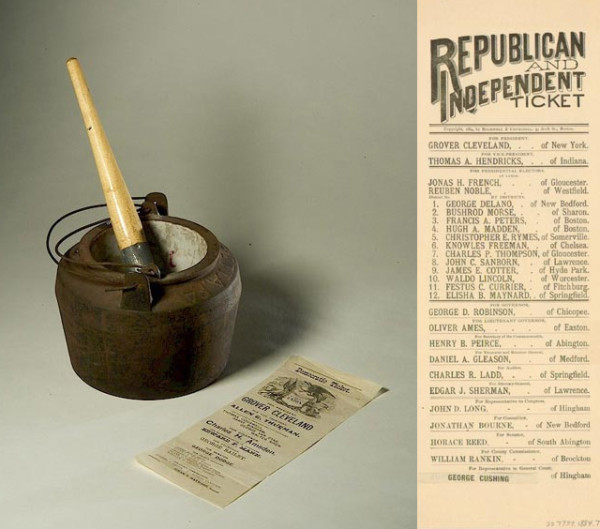
But this system was not without problems, either—a non-standard ballot created many opportunities for fraud. The process left much to be desired in terms of transparency and simplicity.

Eventually, the Australian ballot system was introduced in the United States, with government-issued ballots available at polling places. This, in turn, led to voting machines that interfaced with paper ballots, and, eventually, electronic voting machines.
But voting systems still vary tremendously from county to county, because elections in the United States are run at hyperlocal levels. And ballot design is often a matter of law, and the laws can vary from county to county, and state to state.
Good ballot design is mainly a matter of following good design principles in general—familiar territory for graphic designers, but not necessarily so for election officials. It helps, for instance, to keep fonts large and legible, and tie candidates clearly to their associated boxes or bubbles. Running usability tests before deployment can also help catch mistakes early.
There are a number of initiatives, such as the Anywhere Ballot from the Center for Civic Design, currently working to combat poorly-designed ballots. The Center for Civic Design has also released a series of Field Guides To Ensuring Voter Intent.
As the election official’s mantra goes: “may the margins be wide.”
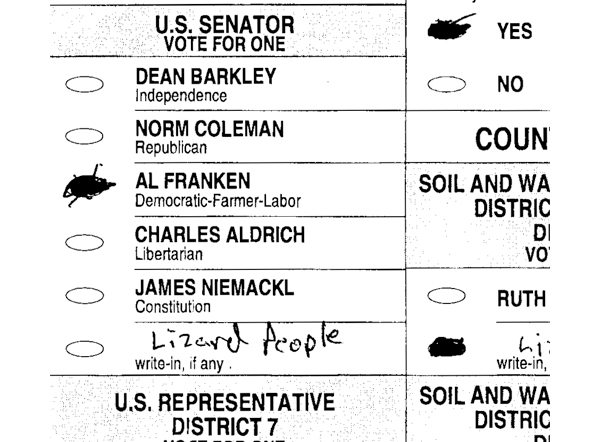
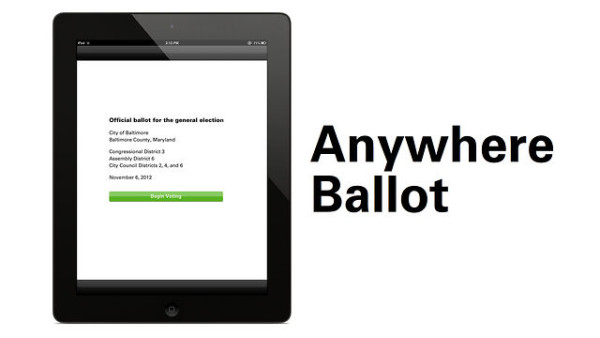




Comments (7)
Share
Excellent work! Could you please tell me the artist and name of the song featured at the end of the episode?
Listened to this episode and afterward took the time to look at the butterfly ballot in question.I strongly disagree with the premise of the podcast that the ballot is misleading. I found it to be very self-explanatory as to how to cast a vote for Gore or anyone else.
Most people did cast the votes they wanted, but the anomalous number that didn’t has to have a cause. If not confusing design, then what?
I’m sure the fact that you listened to a 20 minute podcast about the design of the ballot right before looking at it had no effect on how you viewed it.
Excellent podcast. It was chilling to learn that poor design, the absence of any design thinking, or legislated bad design could literally affect democracy and leadership of the most influential nation in the world. Kudos to the Center for Civic Design for making their design Field Guides available to the public. http://civicdesign.org/fieldguides/
What a load of crap. The essential problem in West Palm Beach was failure to read the instructions. That includes the “dimpled chad” malarkey bandied about by Gore’s team which they were trying to use to manufacture votes. The instructions from Florida CLEARLY said to look and see that the hole was punched through. Even on the so-called butterfly ballot, there are ARROWS — nice big visible arrows — pointing to the place to punch your hole.
The claim about disenfranchisement was similar hogwash. The real attempt at disenfranchisement that the Democrats and media don’t want to talk about was Gore’s attempt to throw out military absentee votes in Florida. Those were real actual ballots from people serving their country but Gore didn’t want them counted because his team assumed they would lean toward Bush (why his team assumed active duty military would lean toward Bush after 8 years of Clinton/Gore is another topic that doesn’t seem to fit the story the media wants to tell).
Well, it’s nice to know you picked up one thing from us in Australia. Although you then kind of mucked it up.
Now you could try importing some other things, like electoral commissions to draw boundaries instead of the horrendous gerrymandering that goes on.